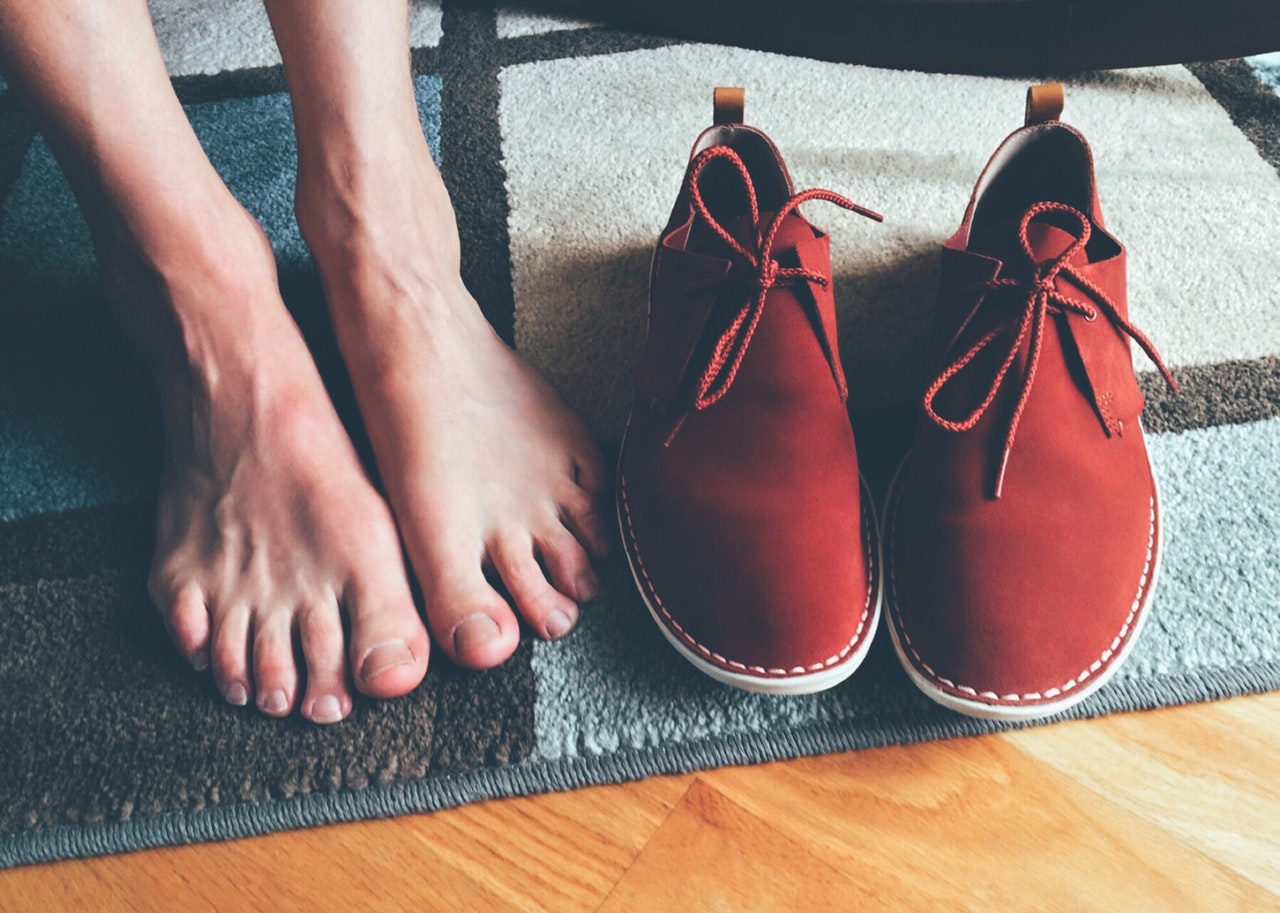You probably don’t expect to look the same at 50 as you did at 20. But did you realize that, just like your skin and other features, your feet will change too?
With every step you take, your body absorbs 2 to 3 times its weight — and your feet must absorb the resulting wear and tear over a lifetime. Even though your feet are amazingly strong, complex structures, the pounding and squeezing they take over the years can’t help but change the way they look and perform.

WHY YOUR SHOE SIZE WILL CHANGE
You may have worn a size 8 Narrow in your 20s, but you shouldn’t expect to wear that same size forever, foot experts say.
Gravity tends to make our feet longer and wider over time. The ligaments and tendons in our feet become more lax, allowing the shape of the foot (and its size) to change.
Wearing a new size isn’t the only change you may see as the years go by. Feet often develop painful deformities as we age. For example, the constant pressure that comes from wearing tight, narrow shoes can push the big toe into a different position, pointing it inward toward the other toes – a situation that can lead to bunions. In fact, nearly 1/3 of all older people suffer from bunions, the American Geriatrics Society reports.
HOW WEIGHT GAIN AFFECTS OUR FEET
The weight gain that often comes with older age has a real impact on foot size and function, too.
When we carry more weight, our feet tend to become flatter. In part, this is the result of stretching in the plantar fascia tendon, which runs lengthwise along the bottom of the foot. As this tendon loosens up, your arch becomes lower and the shape of your foot changes.
Our feet are also constructed with fat pads that cushion the soles, but these pads grow thinner as we age, even if our overall body weight increases. This can mean that our feet feel sore and painful if we don’t wear shoes with proper support.
Weight gain can also change the way you walk, putting even greater pressure on your feet and ankles. A major change in your gait can create serious foot pain over time.
PREVENTING FOOT PROBLEMS OVER TIME
Dr. Jeffrey Wachtel has cared for hundreds of patients in the Lansdale area who have experienced painful changes in their feet over time. And while aging is a natural process that definitely affects foot and shoe size, Dr. Wachtel explains that there are definitely things we can do to minimize pain and keep our feet healthy.
- Have your feet measured by a professional. Making sure that shoes fit properly and provide needed support is crucial. If your favorite shoes start to hurt, it’s time for a change. Take care to wear styles that don’t crowd your toes, but fit correctly in the heel area to avoid chafing.
- Do your best to maintain a healthy weight. The less pressure on your feet and ankles over time, the better your feet will feel. Also, staying at a healthy weight will help to prevent diabetes and other health conditions that can have a powerful effect on foot health.
- Get an annual foot checkup. This gives Dr. Wachtel the chance to address foot issues before they create major problems for you. Conditions such as corns, cracked skin and ingrown toenails can be treated before they become serious — and more problematic issues can be carefully assessed to create a detailed treatment plan.
Worried about changes in your feet – or problems that are causing foot pain? Call Dr. Wachtel for an appointment today.
Source






